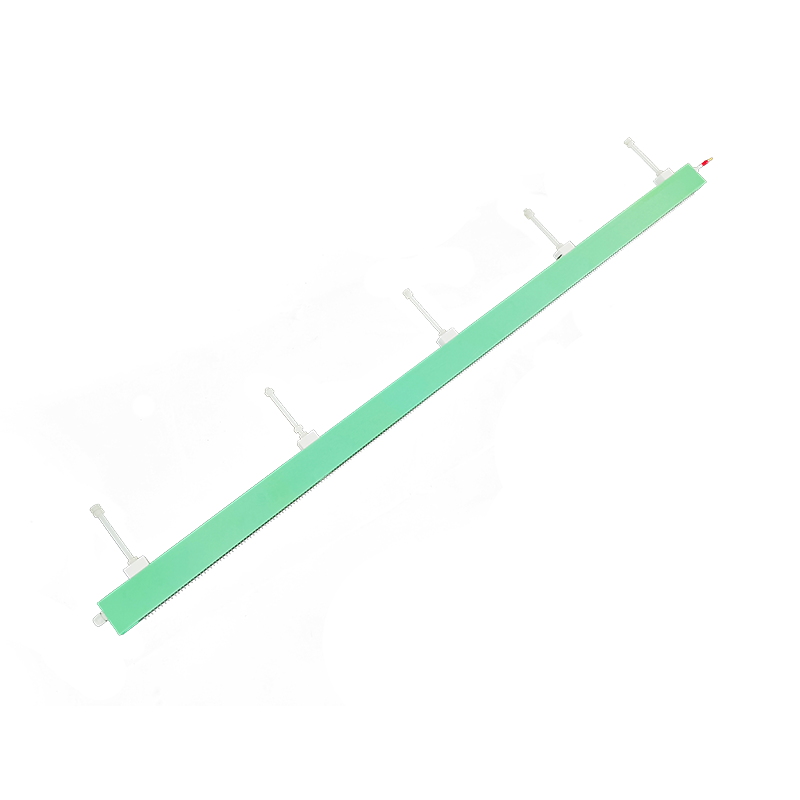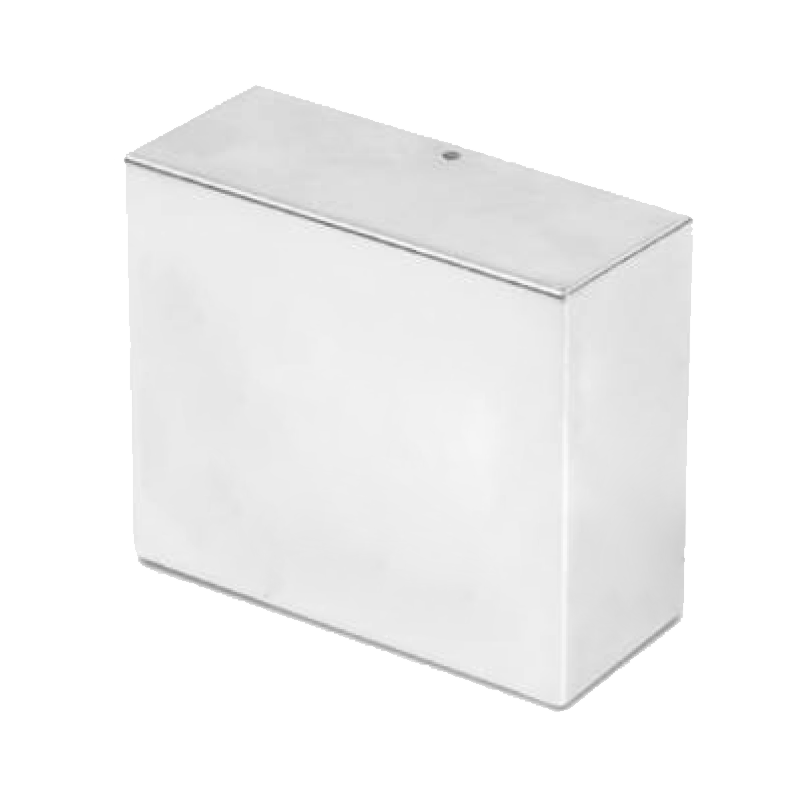Noise Suppression Techniques for High Voltage Power Supplies in Communication Equipment Optimization
With the continuous development of communication technologies, the performance indicators of communication equipment have been improved, which directly leads to more stringent requirements for power supply quality. Noise in power supplies has always been an important factor affecting communication equipment. High frequency noise in particular severely impacts the receiving sensitivity and signal quality of communication equipment. Therefore, researching efficient noise suppression techniques is crucial for optimizing the application of power supplies in communication equipment.
To address noise issues in high-voltage switch-mode power supplies, the industry mainly adopts the following technical means for suppression:
1. Increasing output filters and using multi-stage LC low-pass filters, which can provide up to 100dB of noise suppression and effectively eliminate high frequency noise. However, crosstalk issues need to be considered in design.
2. Optimizing layout and shielding properly to suppress noise coupling and reflection. Separating input and output layouts, adding interval shielding to reduce interference.
3. Selecting low-noise electronic components, such as low stray field and low reflection field wiring, low-noise MOSFETs to suppress switching noise sources.
4. Advancements in digital control technology enable switch-mode power supplies to implement more complex PWM control modes, effectively reducing peak noise in a single frequency band.
5. Using EMI filter technologies such as input filters to provide additional suppression for harmonic frequency bands.
6. Optimizing internal parasitic parameters to reduce overshoot and ringing at switching nodes, lowering noise generation.
7. The grounding system adopts low-impedance large-area wiring to avoid becoming a noise antenna and to enhance shielding continuity.
Modern communication equipment is especially sensitive to power supply noise. Therefore, power supply design must suppress noise generation from the source and adopt systematic layout and shielding to block noise transmission channels. Comprehensively applying the above noise suppression techniques can reduce the output noise level of high-voltage power supplies by over 20dB, achieving optimized utility in communication equipment.
With the advancement of high-speed digital communication technologies, requirements for power quality will continue to increase. Power supply designers must keep pace with technological developments, constantly innovate noise suppression techniques, and raise performance indicators to an optimized level that meets the power demands of communication equipment and promotes the progress of communication industries.




















